Cracking the code of forest trail navigation can feel like quite an uphill challenge, particularly when you’re just starting out. Believe me, I’ve navigated those winding trails and spent hours scouring through research material to simplify this adventure for fellow beginner explorers.
In this article, we’ll dig into three invaluable tips to equip you with confidence and safety as you trek through the majestic wilderness. So buckle up your hiking boots – it’s time to transform those nerve-wracking wilderness wanderings into triumphant treks!
Key Takeaways
- Navigating forest trails can be challenging, but having self – navigation skills is crucial for a successful and safe hiking experience.
- Planning your route, noting landmarks and significant locations, using navigation apps, and carrying essential gear are important for navigating forest trails.
- Topographic maps and compasses are valuable tools for accurate navigation in the wilderness. Understanding how to read a map, use a compass effectively, and align the map with the landscape are key skills to develop.
- Utilizing technology such as phone apps or GPS devices can provide real – time updates and help you navigate through unfamiliar terrain while hiking in the forest.
Importance of Self-Navigation in Forest Trail
Navigating a forest trail can be challenging, making self-navigation skills crucial for a successful and safe hiking experience.
Difficulty of trail
Walking on a hard trail can be tough. A trail with a high difficulty rating has many steep hills and tricky spots. You might find big rocks or roots in your path. Streams may cut across the trail, forcing you to jump over or walk through them.
The ground could also be slick or loose, making it easy to slip and fall down. In a forest, trails can twist and turn, hiding what’s ahead of you until you’re right upon it. It’s like an outdoor adventure filled with surprises at every step!
Planning your route
Planning a forest trail route is an important first step. I use these steps to plan my hike:
- Choose the trail: I look for trails that match my fitness level. The type of trail changes how hard the hike will be.
- Look at maps: I always study a map before I go hiking. This helps me know where to go.
- Find key spaces: Key spots on the trail can help me find my way. They can also be good places to rest.
- Time your hike: I like to think about how long the hike will take. That way, I don’t get caught in the dark.
- Know your start and end points: It’s good to have clear start and end points on a hike.
Noting landmarks and significant locations
As an avid hiker, I always take time to note landmarks and significant locations during my forest trails. These markers are a key part of self-navigation in the wild, and here’s why:
- Landmarks guide me on the path. I can pick out high peaks or large rock formations from afar. They tell me where I am on my hike.
- Rivers also make great landmarks. Their steady flow shows the direction I’m heading.
- Writing down or taking pictures of these notable spots helps a lot too. It makes it easier for me to remember them on my way back.
- Drawing a quick map with these markers is another useful tip! Not only does it help jog my memory, but drawing also improves my map reading skills.
- Spotting unique features in the scenery can save you if you’re lost. Brightly colored plants or unusual rocks are hard to miss and easy to track.
- You can do all this without tech gear like GPS units or compasses! This method is known as natural navigation, and it keeps you aware of your surroundings.
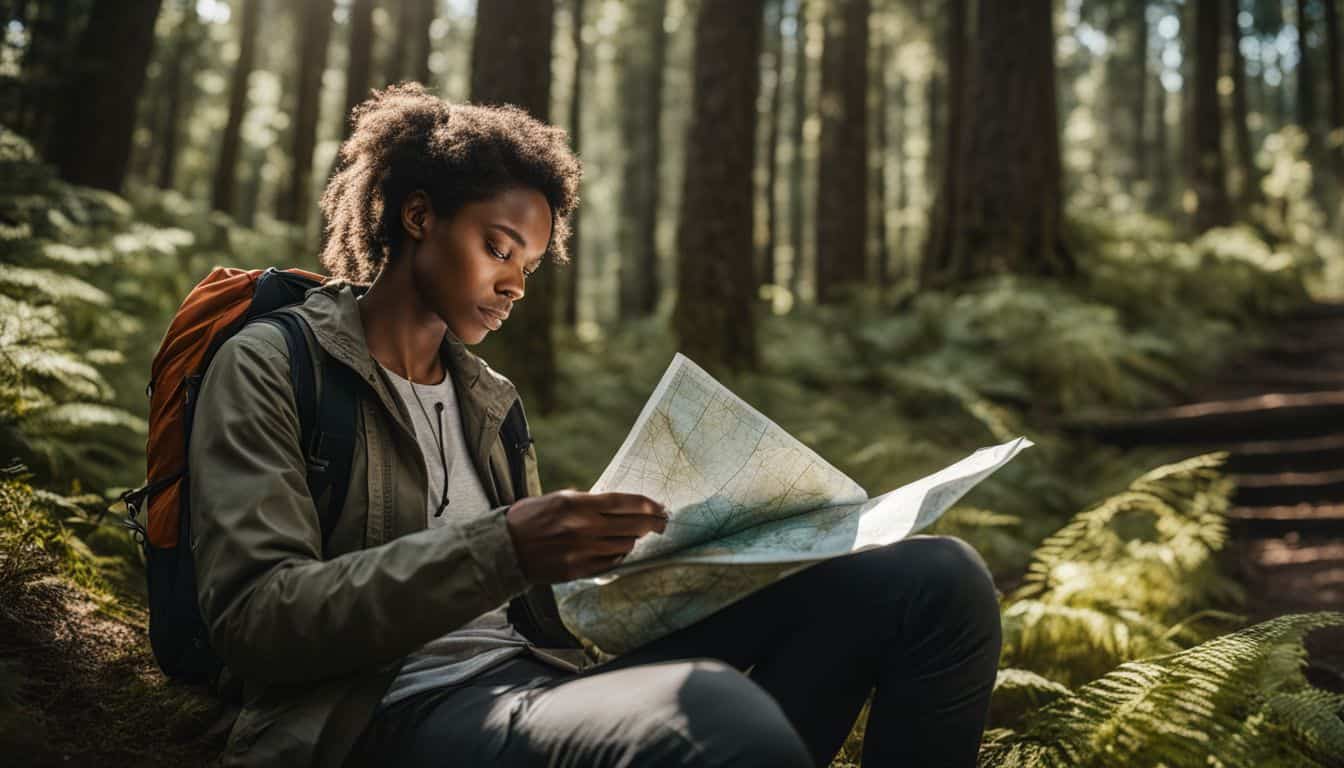
Using navigation apps
I find that using navigation apps is incredibly helpful when hiking in the forest. These apps provide accurate maps and GPS tracking for the trails, which can be a lifesaver when trying to navigate through unfamiliar terrain.
One app that I highly recommend is PathAway. It not only offers real-time updates but also allows you to plan your routes and track your progress along the way. Another reliable app is GAIA GPS, known for its clear display and excellent navigation features.
And if you’re looking for general directions and overviews of hiking locations, Google Maps is a go-to option. With these apps at your fingertips, you can have peace of mind knowing that you won’t get lost on your outdoor adventures.
Essential gear and emergency equipment
When hiking in the forest, it’s important to have essential gear and emergency equipment with you. Here are some items that I always make sure to bring:
- Map and compass/GPS: These tools will help you navigate your way through the trail and avoid getting lost.
- Sun protection: Don’t forget to wear sunscreen, sunglasses, and a hat to protect yourself from the sun’s harmful rays.
- Insulation: Depending on the weather, pack extra clothing layers like a lightweight jacket or a warm hat to stay comfortable.
- Illumination: Bring a headlamp or flashlight in case you find yourself hiking in low light conditions or needing light at night.
- First aid kit: Be prepared for any minor injuries by carrying a basic first aid kit with band-aids, antiseptic wipes, and pain relievers.
- Fire starter: Waterproof matches or a lighter can be useful for starting a fire if you need warmth or want to cook food.
- Repair kit: Pack some duct tape and a multi-tool for quick repairs on gear like torn clothing or broken equipment.
- Nutrition and hydration: Carry enough water to stay hydrated throughout your hike and bring snacks or meals that are easy to eat on the go.
- Emergency shelter: In case of unexpected circumstances, consider bringing an emergency blanket or bivy sack for temporary shelter.
Paying attention to surroundings
Being aware of your surroundings is an important skill to have when hiking in the forest. Noticing the environment around you can help you navigate and find your way on the trail. By paying attention to landmarks, like distinctive trees or rock formations, you can create mental markers that will guide you back if you get lost.
It’s also important to stay alert and observant of any changes in the landscape or trail markings. This environmental awareness will keep you safe and ensure a successful hiking experience.
So, remember to stay mindful and take in everything around you while out on a nature hike!
Guide to Forest Trail Navigation Tips
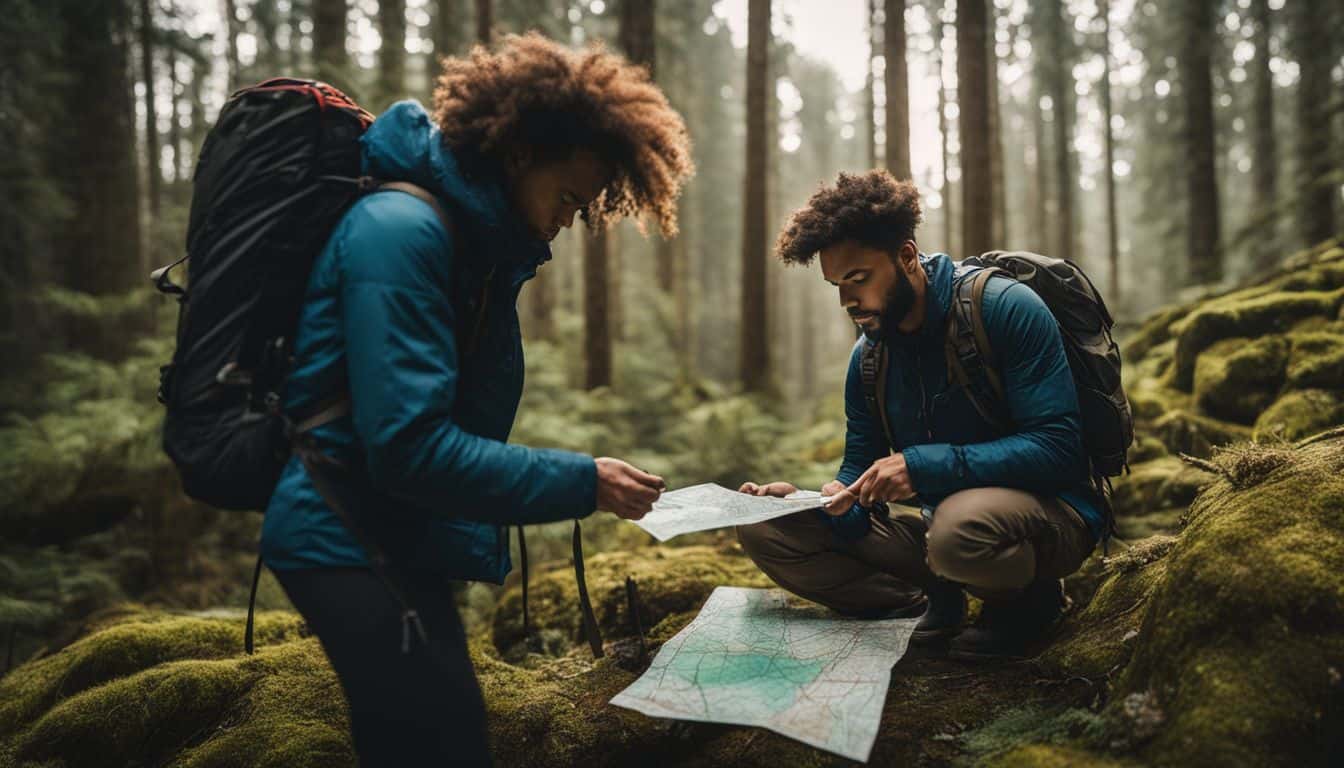
When hiking in the forest, it’s important to be able to navigate your way safely. Here are some tips for successful trail navigation:.
1. Use a map and compass: Understanding topographic maps and using a compass can help you find your way if you get lost. Make sure to align the map with the landscape and look for catchlines on the map that match features in the environment.
2. Utilize technology: Phone apps and handheld GPS devices are useful tools for navigation on the trail. They can help you track your location, plan routes, and find landmarks along the way.
3. Look for landmarks: Pay attention to distinct spots on the map such as river crossings or unique features of the landscape. Noting these landmarks will make it easier for you to stay on track during your hike.
Remember, always bring essential gear like water, food, a first aid kit, insect repellent, sun protection, waterproof matches, and a map when heading out into the wilderness. And don’t forget to learn how to choose a hike that suits your skill level before venturing onto new trails.
Now that we have covered navigation tips in detail let us move ahead with discussing using topographic maps and compasses in Guide To Forest Trail Navigation Tips sub-heading section 4 which is equally crucial while hiking in forests
Using Topographic Maps and Compass
Learn how to navigate through the forest trail using topographic maps and compass, as well as aligning the map with the landscape for accurate navigation.
Understanding topographic maps
Topographic maps are really useful when you’re hiking in the forest. They show the shape of the land using contour lines. These lines help you understand how steep or flat an area is.
Topographic maps also have information about elevations and different features of the land, like mountains or rivers. When I’m hiking, I use a topographic map to plan my route and figure out where I am.
It’s kind of like looking at a picture of the landscape from above!
Using a compass for navigation
Using a compass is important for navigation when hiking in the wilderness. It helps you find your way and stay on track. Here are some tips for using a compass effectively:
- Learn how to read a compass: Familiarize yourself with the different parts of a compass, such as the magnetic needle and the dial with degrees. Understand how to interpret this information to determine your direction.
- Find your bearing: Before setting off on your hike, identify the specific direction you need to travel in. This could be indicated by a landmark or a particular feature on your map.
- Orient the map: Place your compass on the map so that its edge aligns with the desired direction of travel. Rotate both the map and compass until the magnetic north arrow points towards true north.
- Follow your heading: Hold the compass flat in front of you, making sure that the needle remains steady and aligned with north while you walk. Keep checking it regularly to ensure you’re still headed in the right direction.
- Adjust for declination: In some areas, there may be a difference between magnetic north and true north due to magnetic declination. Use this information to make any necessary adjustments when using your compass and following directions on a map.
- Take note of back bearings: When needed, reverse your direction by taking note of back bearings, which are 180 degrees opposite from your original bearing.
Aligning the map with the landscape
Aligning the map with the landscape is an important skill in forest trail navigation. It helps you understand where you are on the map and where you need to go. Here are some tips for aligning the map with the landscape:
- Use a compass to determine your direction of travel.
- Find a prominent landmark in your surroundings, such as a mountain peak or a distinctive tree, and locate it on the map.
- Rotate the map until the landmark on the map aligns with the same landmark in your surroundings.
- Pay attention to other features on the map, such as roads, rivers, and trails, and match them up with what you see around you.
- Check that the contour lines on the map correspond to the elevation changes in the terrain.
Navigating towards catchlines when lost
When you find yourself lost in the wilderness or on a forest trail, one effective navigation technique is to navigate towards catchlines. Catchlines are features on a map that represent changes in elevation, such as contour lines and ridgelines.
By identifying these catchlines on your topographic map, you can determine your current location and plan your route accordingly. It’s important to remember that understanding and interpreting topographic maps is crucial for this technique to work effectively in navigating through unfamiliar terrain.
So, always make sure to carry a reliable compass and practice using it along with your map for successful navigation in the wilderness.
Utilizing Technology for Navigation
One option for utilizing technology in forest trail navigation is using phone apps designed specifically for hiking and outdoor exploration.
Phone apps for navigation
When it comes to navigating forest trails, phone apps can be a hiker’s best friend. Here are some reasons why:
- Accurate maps: Navigation apps provide detailed and up-to-date maps of the trails, ensuring that you stay on the right path.
- GPS tracking: These apps use GPS technology to track your location in real-time, helping you follow the trail without getting lost.
- Real-time updates: Some apps offer real-time updates on trail conditions, closures, and weather alerts, keeping you informed and safe.
- Social features: Many navigation apps have social features that allow you to connect with other hikers, share your experiences, and get recommendations.
- Battery conservation: To conserve battery life while hiking, it is recommended to close down unused apps on your phone.
Handheld GPS devices
Handheld GPS devices are incredibly useful for navigation during forest trail hiking. They allow me to record the coordinates of specific locations and keep track of my whereabouts, making it easier to find my way back or navigate through unfamiliar areas.
These devices are versatile and can be used for various purposes like hiking, backpacking, geocaching, and surveying. For example, the Garmin GPSMAP 60cs is a handheld GPS unit that performs well even under the canopy of trees in forests.
Another popular option is the GAIA GPS app, which has a sharp and legible display that makes navigation hassle-free. With a handheld GPS device by my side, I can confidently explore new trails knowing that I’ll never get lost!
Tips for Route Finding in the Wilderness
When exploring the wilderness, it is crucial to determine the fastest and safest path by looking for landmarks and natural features.
Determining the fastest and safest path
When hiking in the wilderness, it is important to determine the fastest and safest path. Here are some tips to help you navigate effectively:
- Look for landmarks: Keep an eye out for recognizable features like mountains, trees, or unique rock formations. These can serve as reference points to guide you on your way.
- Use navigation tools: Carry a map, compass, or GPS device to know your location and direction at all times. This will help you stay on the right track and avoid getting lost.
- Check your compass: Before leaving the trail or road, make sure to note the direction of travel. This will allow you to retrace your steps if needed and ensure that you stay on course.
- Follow catchlines: If you find yourself off-trail or uncertain of your location, try navigating towards catchlines such as rivers or ridges. These natural features can act as reliable guides.
- Trust your instincts: Sometimes, intuition plays a role in finding the best path through the wilderness. If a route feels unsafe or too challenging, trust yourself and choose an alternative option.
Looking for landmarks and landmarks
When navigating through the wilderness, it is important to keep an eye out for landmarks and significant locations. These can help you track your progress and stay on the right path. Here are some tips for finding and using landmarks while hiking:
- Trail Junctions: Pay attention to where different trails intersect. These junctions can serve as important landmarks that you can use to verify your location on a map.
- Streams and Rivers: Water sources like streams and rivers are excellent landmarks to look out for, as they often appear on maps and can help you determine your position.
- Ridges and Peaks: Higher elevation features such as ridges and peaks are easily identifiable on maps. They can guide you in the right direction or help you identify your location when looking at the surrounding landscape.
- Passes and Saddle Points: These low points in between mountains or ridges are natural pathways that provide easy passage through difficult terrain. Identifying passes on a map can help you plan your route effectively.
- Distinctive Rock Formations: Unique rock formations, such as cliffs or large boulders, can act as visual cues to mark your progress along the trail.
Essential Gear for Hiking
When embarking on a forest trail, it is crucial to pack plenty of water and food, a first aid kit, insect repellent, sun protection, waterproof matches, and a map.
Packing plenty of water and food
When going hiking, it is important to pack plenty of water and food. Bringing enough water is crucial for staying hydrated while exploring the forest trail. Dehydration can be dangerous and lead to fatigue, dizziness, and other health problems.
It is recommended to bring a water bottle or hydration bladder that can hold an ample amount of water for the duration of your hike. Additionally, packing calorie-dense foods such as high-energy snacks, backpacking meals, energy bars, and emergency rations will help fuel your hike and provide the necessary nutrition you need along the way.
Don’t skimp on snacks and meals, especially on longer day hikes or overnight trips where your body requires extra fuel to keep going. Remember to also bring an extra day’s supply of food in case of emergencies or unexpected delays.
First aid kit and insect repellent
Carrying a first aid kit and insect repellent is crucial when hiking. These items are essential gear for your safety and comfort in the great outdoors. A prepackaged first aid kit can be easily purchased, containing all the necessary items you may need at an affordable price.
Remember to also pack sunscreen and bug repellent to protect yourself from sunburns and pesky insect bites during your hike. Prioritizing these essentials will ensure that you have a pleasant and safe hiking experience.
Sun protection
Sun protection is crucial when hiking, no matter the time of year or weather conditions. UV rays can damage your skin and increase the risk of sunburn and skin cancer. To keep your skin safe, it’s important to use sunscreen, wear sunglasses, and choose sun-protective clothing.
Hats can shield your face from the sun while long-sleeved shirts and pants provide additional coverage for exposed skin. Remember that clothing offers more protection than sunscreen alone, so covering up is key.
Prioritizing sun protection will help you enjoy your hike without worrying about harmful effects on your skin.
Waterproof matches and map
Waterproof matches and a map are essential gear for hiking. They can be lifesavers in case of emergencies. Waterproof matches or a fire starter will help you start a fire easily, which is important for warmth, cooking, and signaling for help if needed.
Meanwhile, having a map allows you to navigate the trail effectively and find your way back if you get lost. It’s always important to be prepared with these items when heading out on an outdoor adventure.
Taking Risks and Starting the Journey
Taking risks and starting the journey is an exciting part of hiking. Here are some tips to keep in mind:.
– Select appropriate trails based on your abilities and experience.
– Take safety precautions such as informing someone about your hike plans and expected return time.
– Bring navigational tools like a map, compass, or GPS to know your location and stay on track.
– Use location tracking features on apps or devices for additional safety.
– Be prepared for emergencies with essential gear like a first aid kit and emergency whistle.
– Make sure you are physically conditioned for the trail by gradually increasing your hiking distance and difficulty levels.
– Improve balance and strength through exercises like weight training or practicing on challenging terrains.
Remember, taking risks can be rewarding, but it’s important to prioritize safety while embarking on any hiking adventure.
Finding Mentors and Giving Back
Finding mentors and giving back are important elements of personal growth and success. Mentors can provide guidance, support, and advice that can be crucial to our learning and improvement.
Here are some tips for finding mentors and giving back:.
– Seek guidance: Being open to advice is crucial when trying to find a mentor who can change your life. Look for someone with experience in hiking or trail navigation who is willing to offer their knowledge.
– Learn from others: Take the time to listen and learn from those who have already mastered the trails. By observing their techniques, you can improve your own skills.
– Share your experiences: Once you gain more confidence in navigating forest trails, consider becoming a mentor yourself. Sharing your knowledge with others not only helps them but also reinforces what you’ve learned.
– Volunteer opportunities: Many hiking organizations or outdoor clubs have programs where experienced hikers volunteer as guides or leaders for newcomers. Participating in these programs is a great way to give back while also expanding your network.
Remember, finding mentors and giving back are not only beneficial for personal growth but also contribute to the hiking community as a whole. So take the opportunity to seek guidance, learn from others, share your experiences, and get involved in volunteering initiatives within the hiking community!
Staying Motivated and Not Quitting on a Bad Day
Staying motivated is really important, especially on tough days or hikes. Here are some tips to help you stay motivated and not give up:.
1. Write down your goals: Having clear goals can keep you focused and motivated. Write them down and remind yourself of why you started in the first place.
2. Break it down: Sometimes a big goal can feel overwhelming. Break it down into smaller, more manageable tasks. Celebrate each small achievement along the way.
3. Find inspiration: Look for stories or quotes that inspire you to keep going. Surround yourself with positive influences and people who support your journey.
4. Stay positive: Negative thoughts can bring you down, so replace them with positive affirmations instead. Believe in yourself and your ability to overcome challenges.
5. Take breaks when needed: Resting doesn’t mean giving up; it means taking care of yourself physically and mentally. Listen to your body and take breaks when necessary.
6. Visualize success: Imagine what it will feel like to reach your goal, envisioning all the rewards that come with it. Visualizing success can help boost motivation during tough times.
7.Persist through setbacks: There will be rough days, setbacks, or even failures along the way – that’s normal! Learn from them, adjust if needed, and keep moving forward.
8.Reward yourself: Give yourself small rewards whenever you achieve a milestone or complete a difficult task on your hike or trail adventure.With these tips in mind,
remember that staying motivated requires persistence,
determination, resilience,and perseverance.
Stay committedto reaching your goals by maintaining
endurance, tenacity,dedication,focus,and drive.
Don’t quit on a bad day; push through until good ones come again!
Conclusion on Forest Trail Navigation Tips
In conclusion, navigating forest trails can be challenging but with the right tips and tools, it can be a successful and safe adventure. Remember to plan your route, bring essential gear like a map or compass, and pay attention to your surroundings.
By following these ultimate tips for success, you’ll be able to navigate forest trails like a pro! Happy hiking!
FAQs on Forest Trail Navigation Tips
1. How can I navigate a forest trail successfully?
To navigate a forest trail successfully, use a map or GPS device to plan your route, pay attention to trail markers and signs, and stay on designated trails.
2. What should I do if I get lost in the forest?
If you get lost in the forest, find an open area where you can see landmarks or high ground that might offer a better view of your surroundings. If needed, use a whistle or other signaling devices to attract attention. Stay calm and try to retrace your steps back to familiar territory.
3. Is it important to bring any specific items for forest trail navigation?
Yes, it is important to bring essential items like a compass, map with marked trails, extra food and water, flashlight with spare batteries, first aid kit, whistle for signaling purposes,and appropriate clothing and footwear for hiking in varied terrain conditions.
4. Can I rely solely on my smartphone for navigating through the forest?
While smartphones can be useful tools for navigation through apps and GPS services, they are not always reliable due to limited battery life or lack of reception in remote areas. It’s best to have alternative navigational aids such as paper maps or compasses as backups.
5. Are there any safety precautions I should take while navigating a forest trail?
Yes! Inform someone about your planned route before heading out; check weather conditions beforehand; wear appropriate clothing including sturdy shoes; carry sufficient water,copies of identification documents & emergency contact numbers; avoid walking alone when possible; be aware of wildlife presence & make noise if necessary

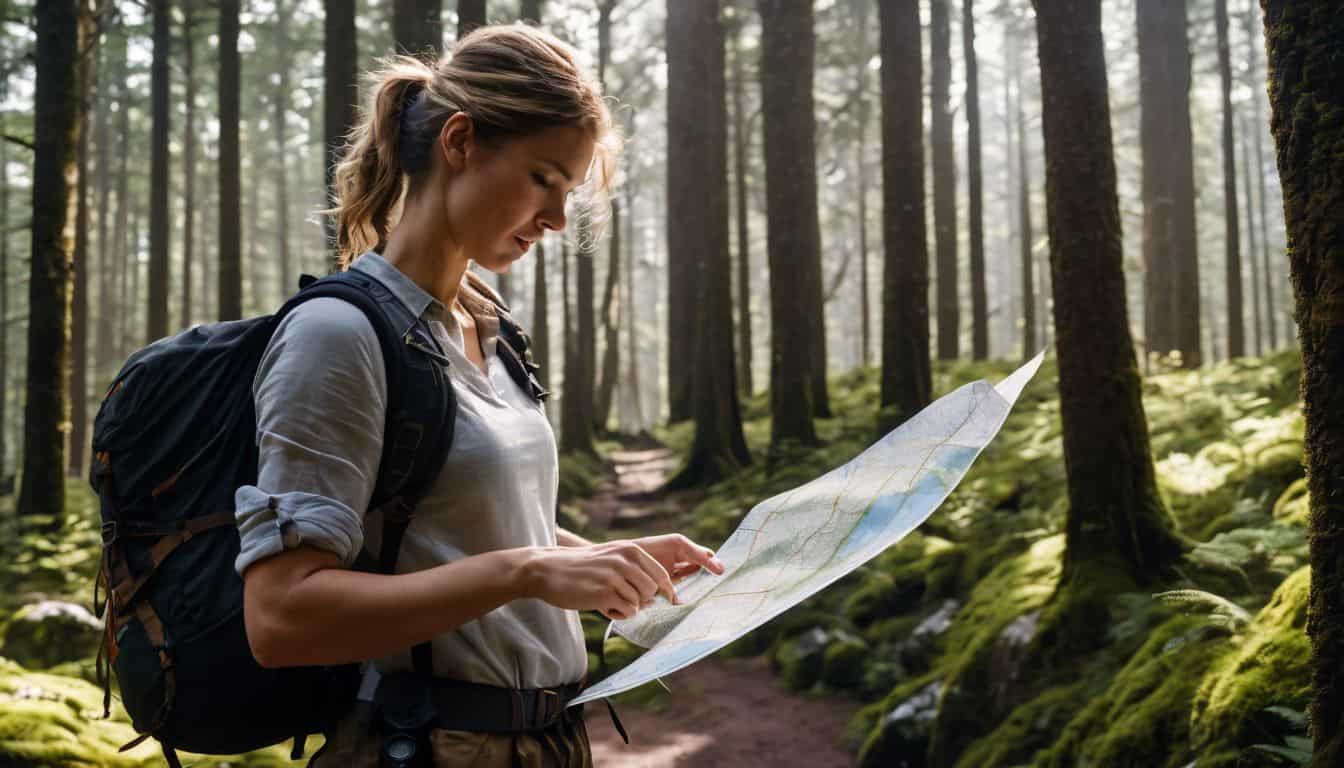
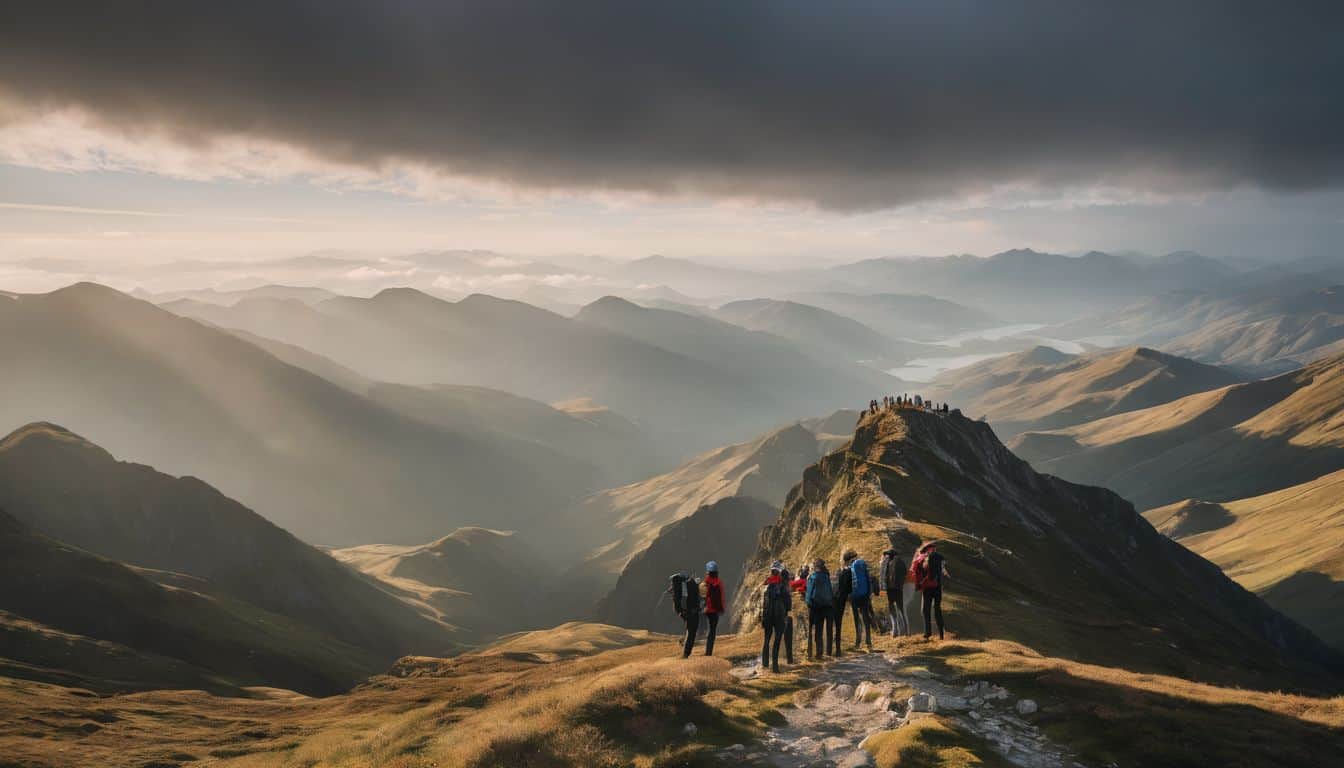
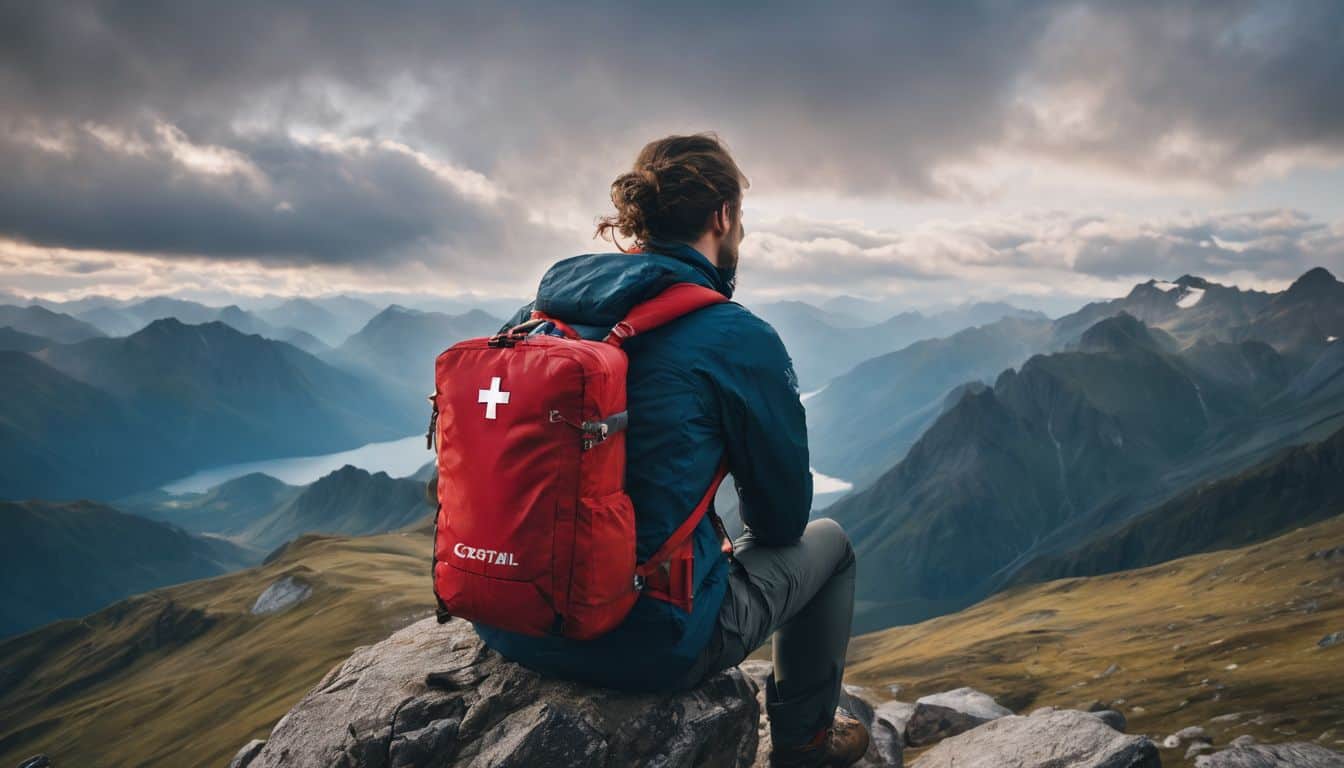
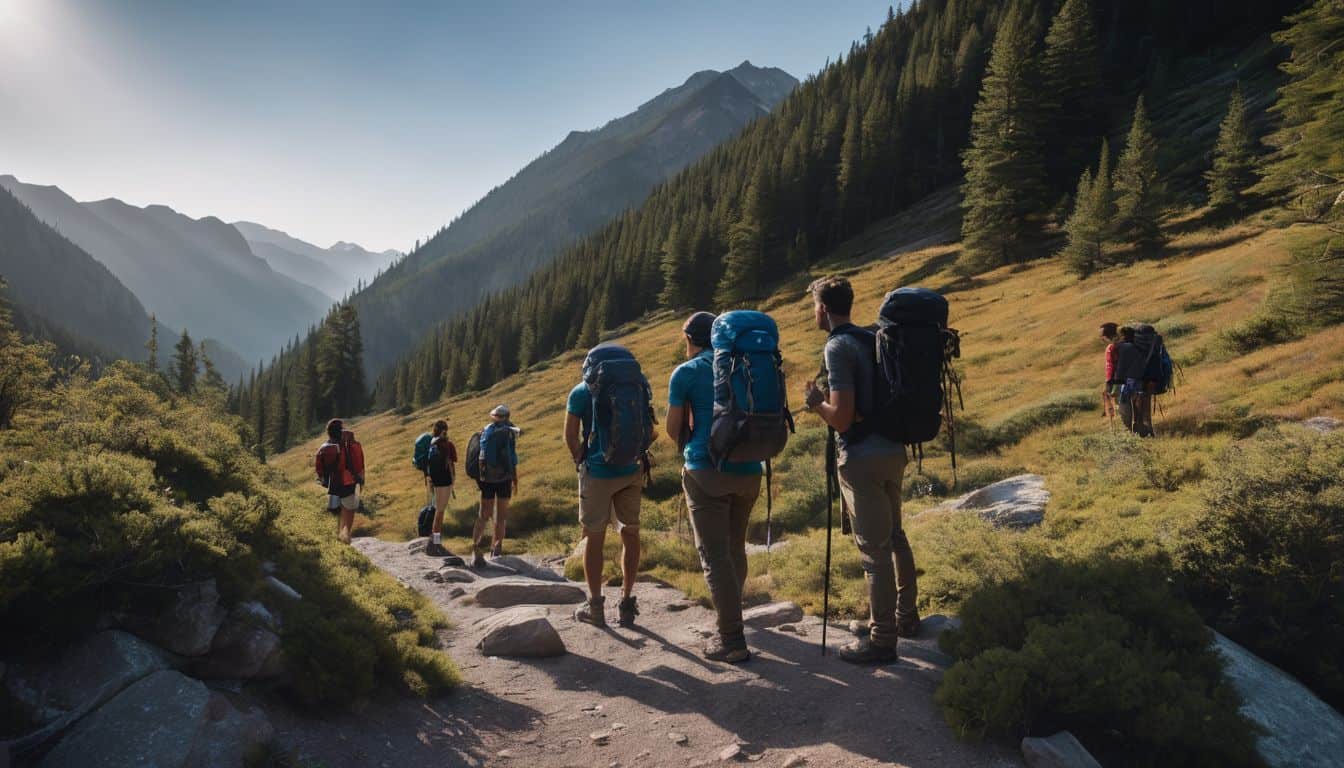
Leave a Reply